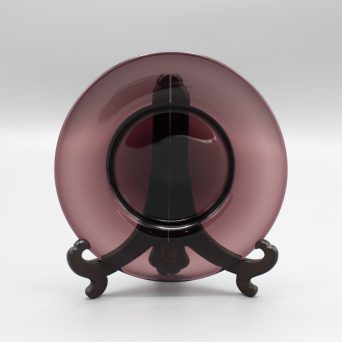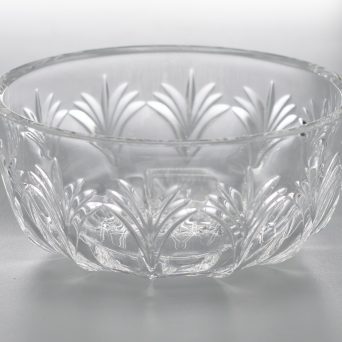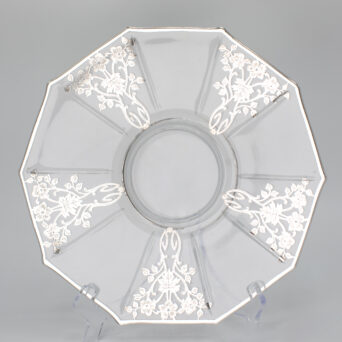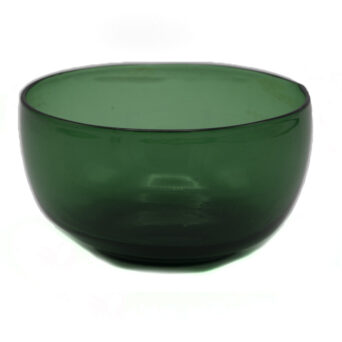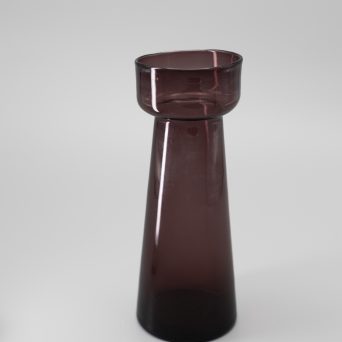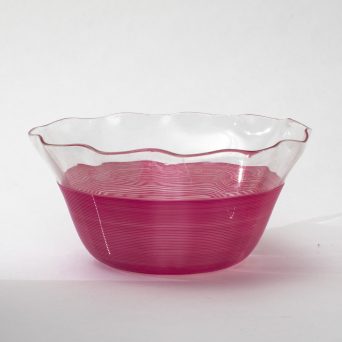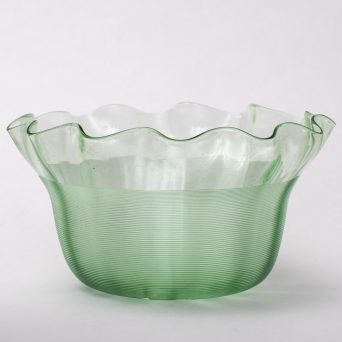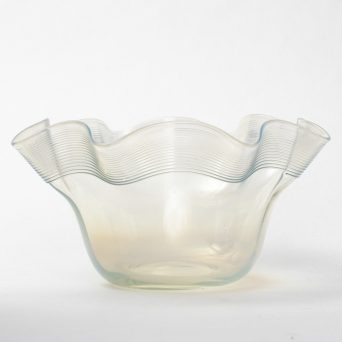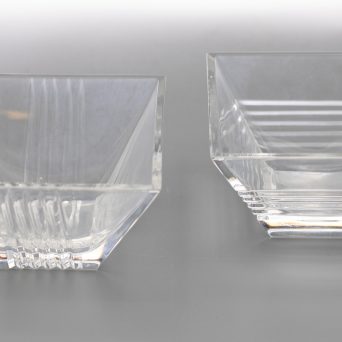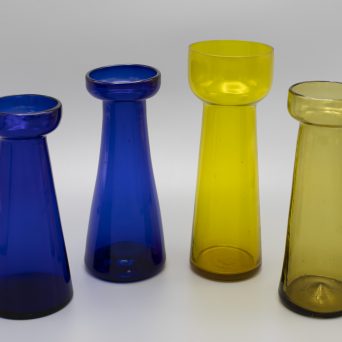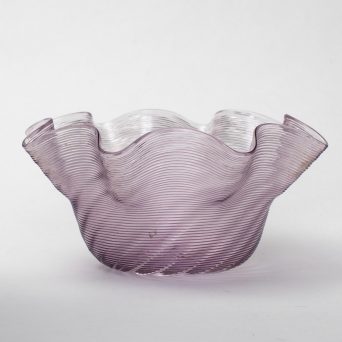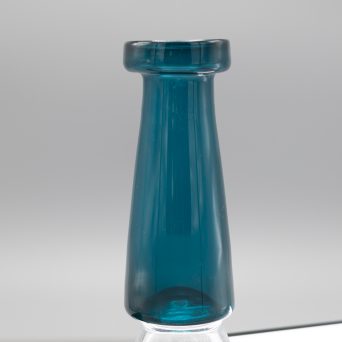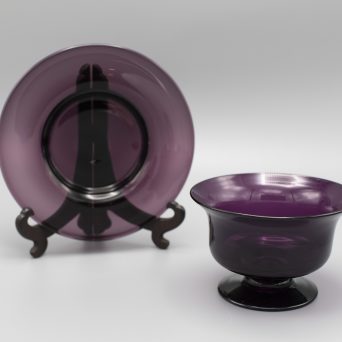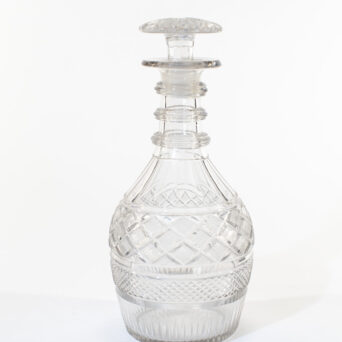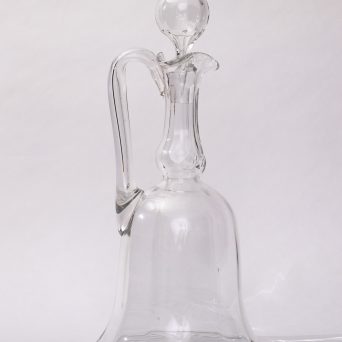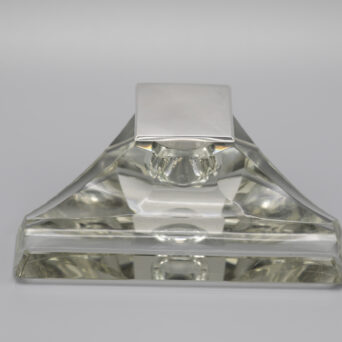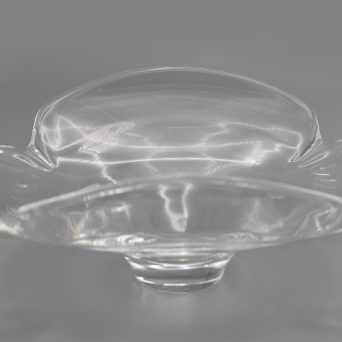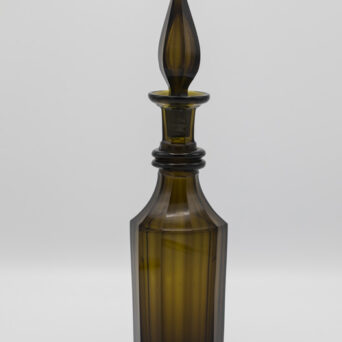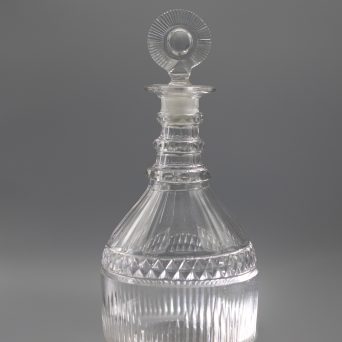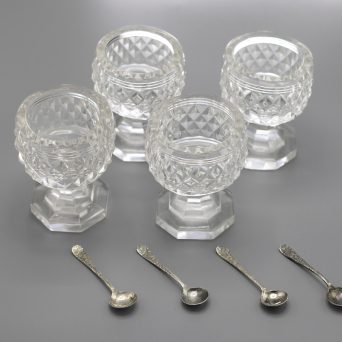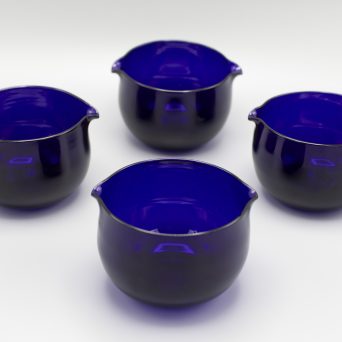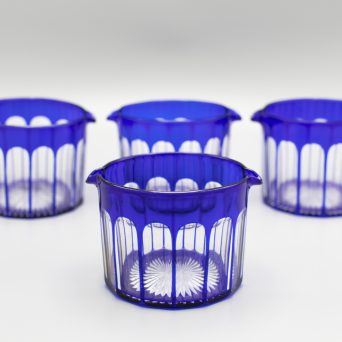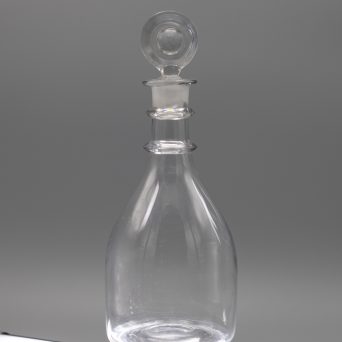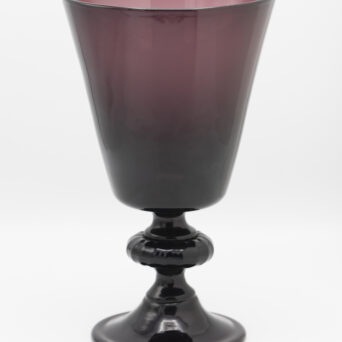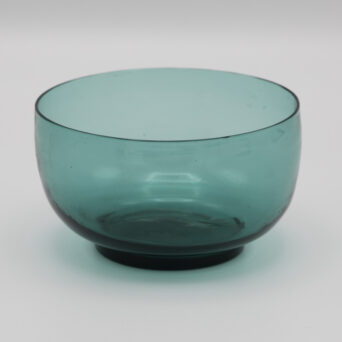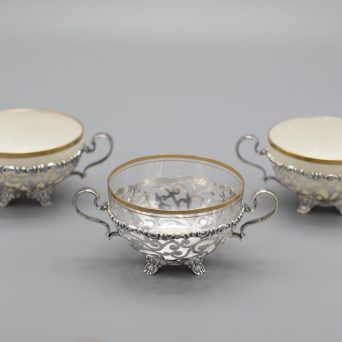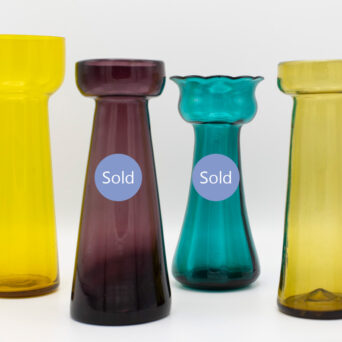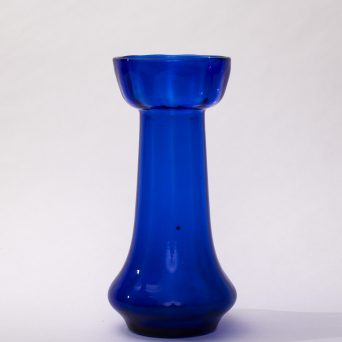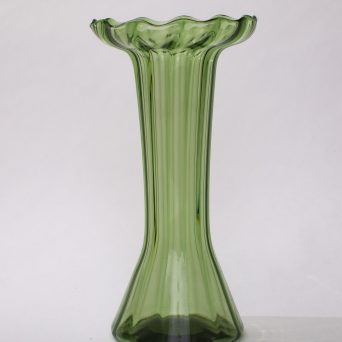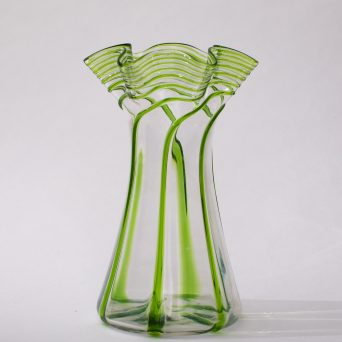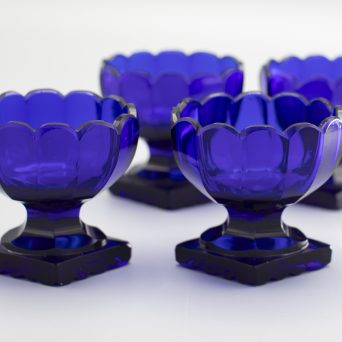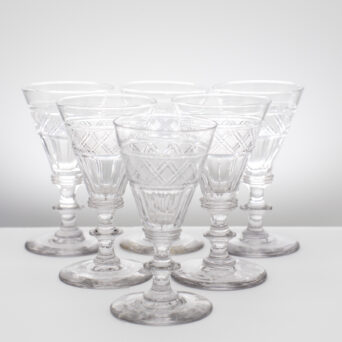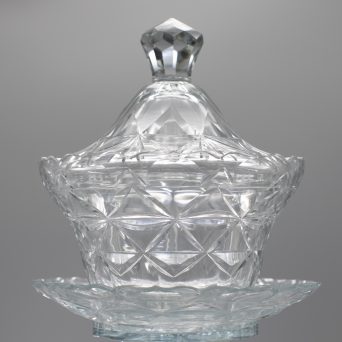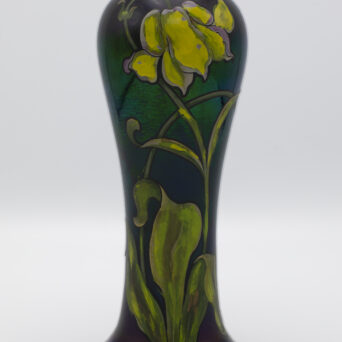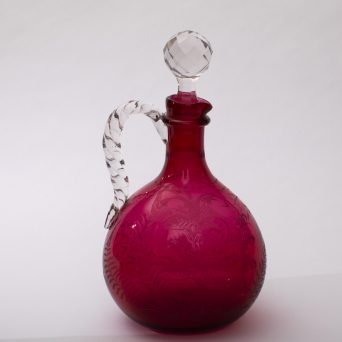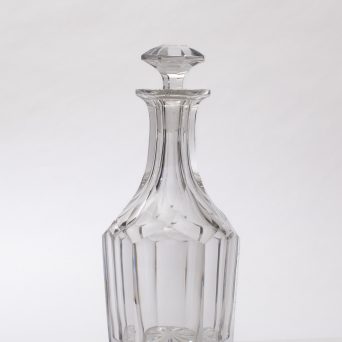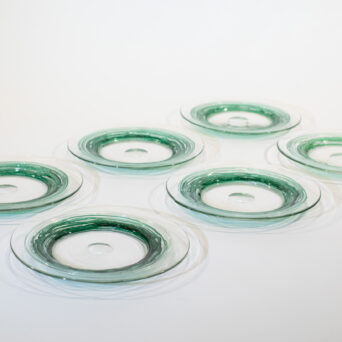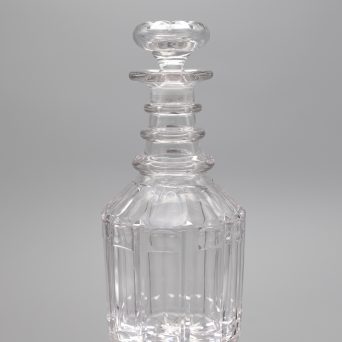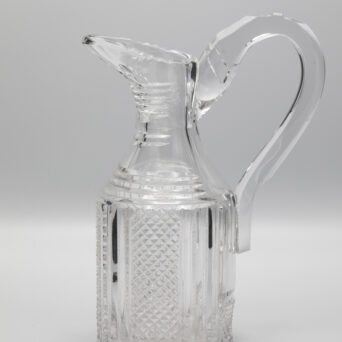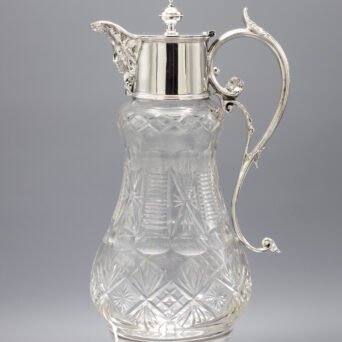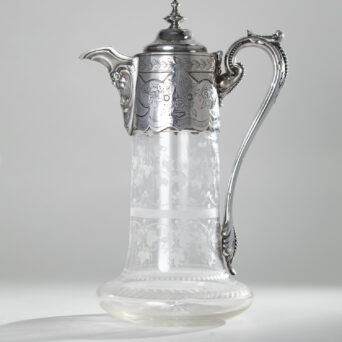Glass is probably one of the most important, and yet one of the most overlooked materials used in everyday life. From very early times, glass has been used for various kinds of vessels such as bowls, vases, bottles, jars, and drinking glasses. Archaeological evidence suggests glass making dates back to at least 3600 BC in Mesopotamia, Egypt, or Syria. It’s unclear which of these was the first to start making glass, but glass objects have been found in all three regions. The earliest glass objects were beads.
The main component of glass is a mineral compound known as silica (also called silicon dioxide or quartz). To make glass, silica is combined with a range of different ingredients and then fired. The most common type of glass used today – and throughout its long history – is known as soda-lime glass, the type of glass that is clear and colorless to the naked eye. Soda-lime glass production involves mixing together silica with ‘soda’ or sodium carbonate, and ‘lime’ or calcium oxide, before heating them together in a furnace at temperatures of around 1320 degrees Celsius. The molten mixture produced as a result is then worked into a shape and left to cool, producing solid glass.
A movement began in England in the 1870’s and was called Arts and Crafts. It was promoted by the influential artist, William Morris. Some of the goals that drove the Arts and Crafts movement were improvements in the fields of education, science, conservation, and design aesthetics. Arts and Crafts was, in reality, a social movement as well as a design style and this movement continued into the 20th century.
In terms of elegance and craftsmanship, 20th century glassware offers a glimpse into an era defined by innovation, societal shifts, and artistic revolutions. Glassware in the early 20th century is characterized by its emphasis on flowing forms and intricate designs which is a stark contrast from the traditional styles in the 19th century. The symphony of colors, forms, and techniques that characterize 20th century glassware is a testament to the creativity of the glassmakers who crafted them.
Decorative and functional glass items make a very exciting area in which to collect: each piece gives an impression of the social, political, and economic climate in which it was made. We have a very diverse selection of antique glassware ranging from lovely English, striking Irish, and exquisite Arts and Crafts pieces.
We hope that you are able to see the distinction between early 20th century glassware and the styles that preceded this period as well. This is most notable in our glass finger bowls and vases.
